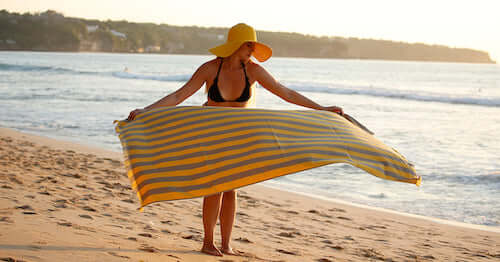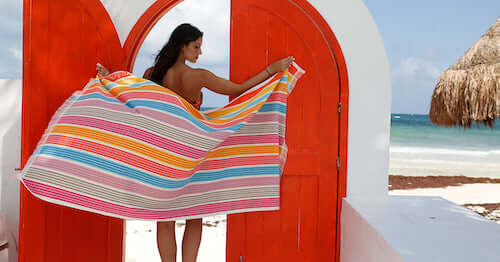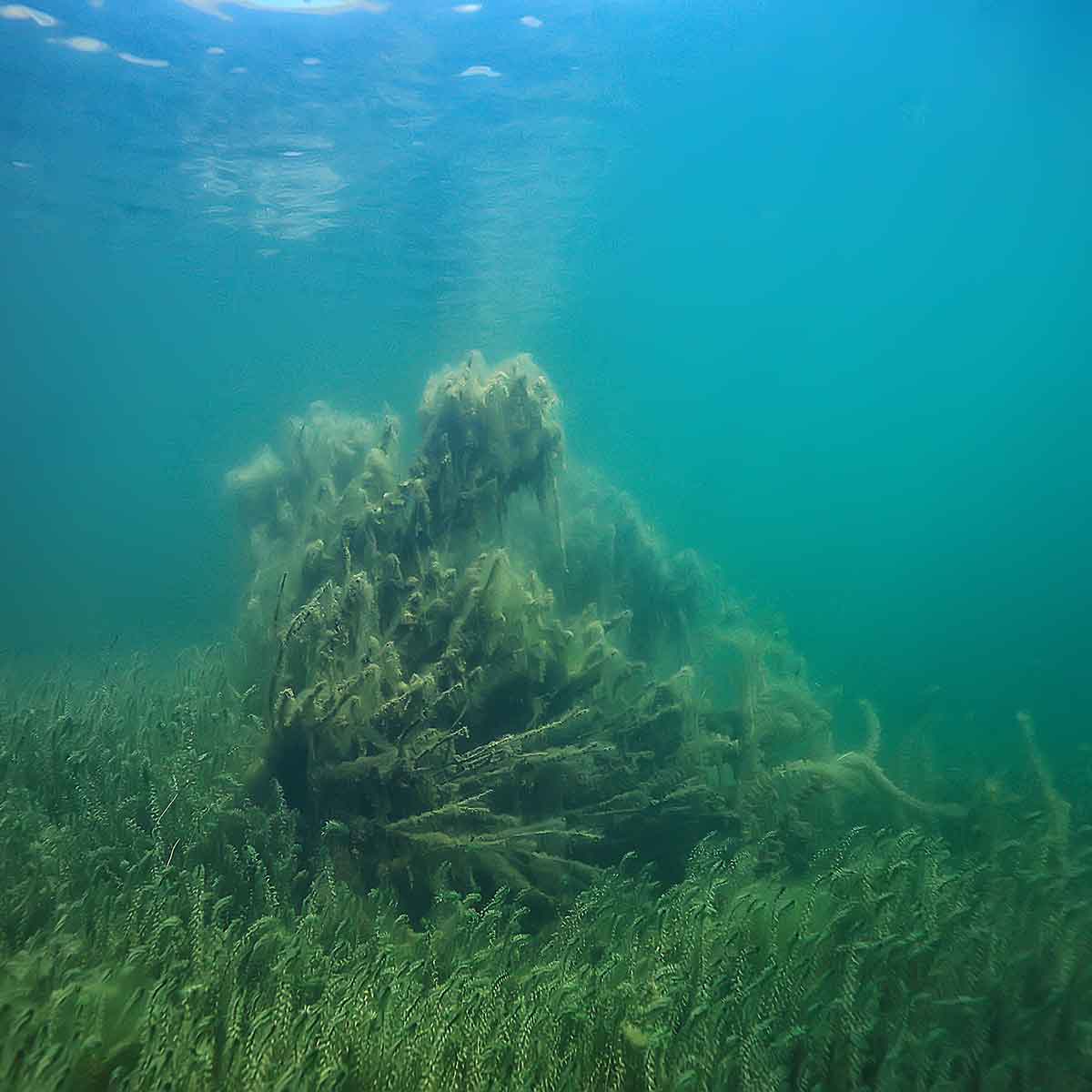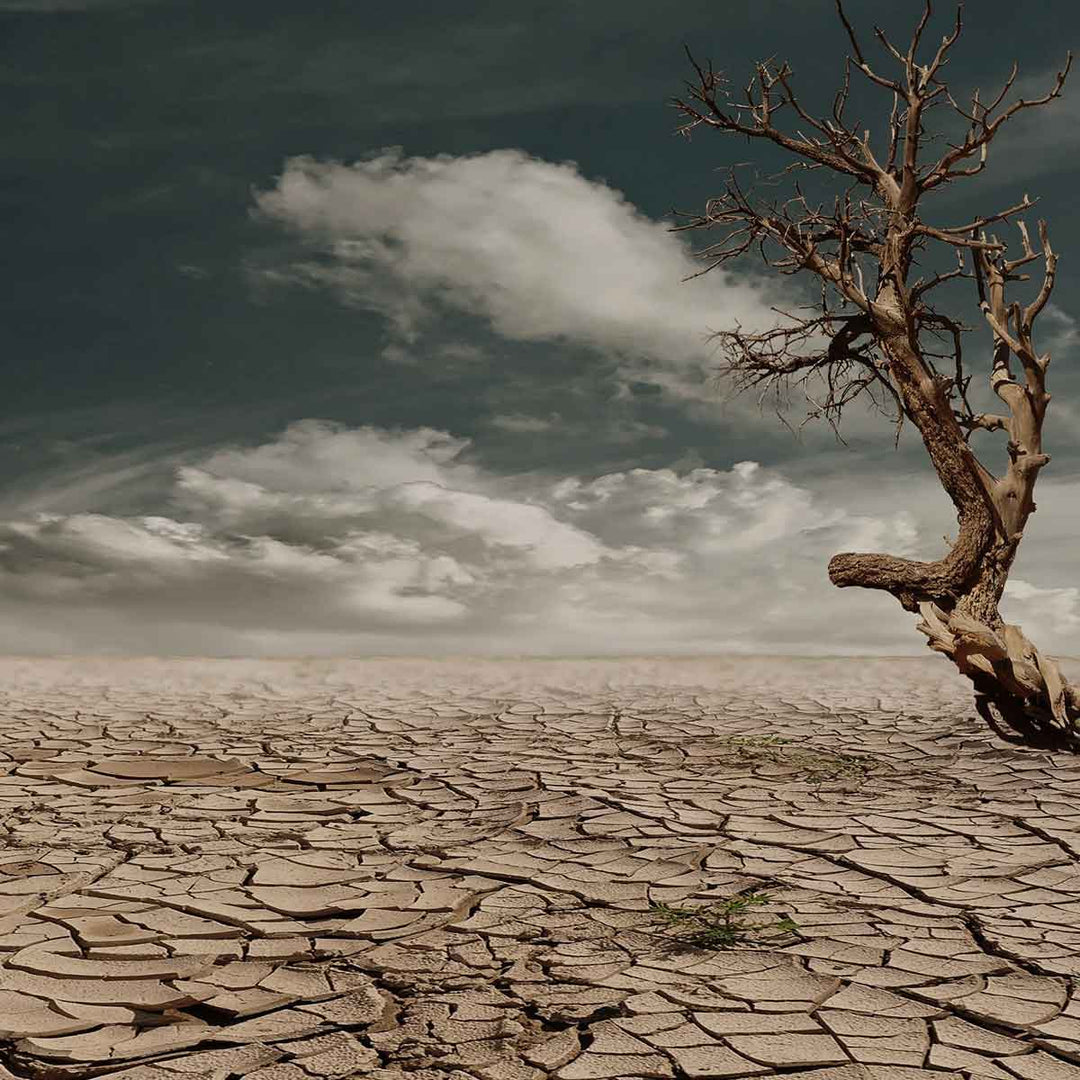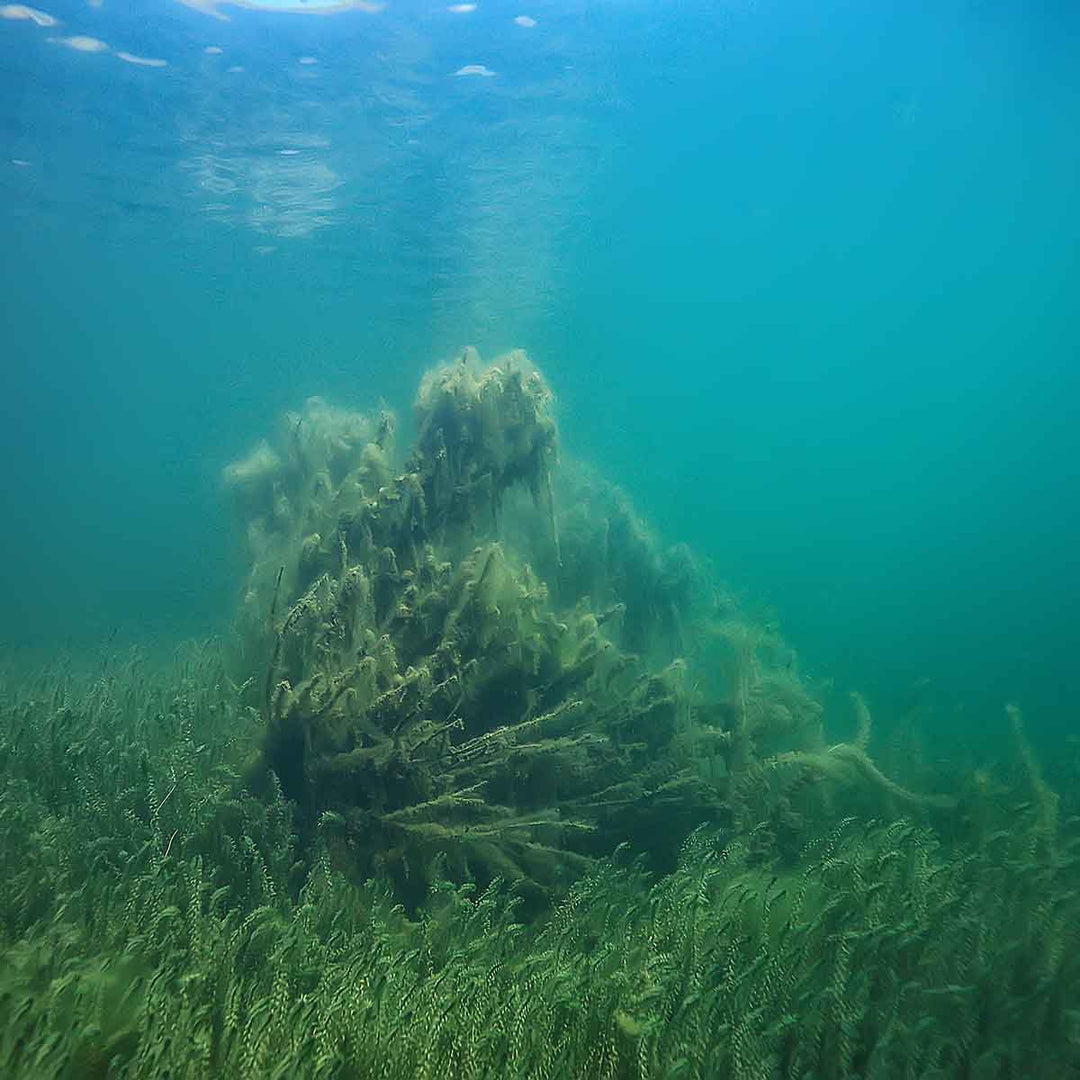What is sea slobber that takes away the beauty of our seas?
One of the questions that often occupies the environmental agenda is what is sea slobber? We can say that sea slime, also called sea slime or mucilage, is a collection of organic matter. These organic substances seen in the sea can be slimy, creamy or gelatinous. In fact, if you live by the sea, you may have seen sea slime up close. Sea slime has a thick and sticky texture and is mostly yellow-white in color. These organic substances, which are often cited as a threat to the environment and water resources, are surprisingly not directly harmful. In other words, mucilage does not contain harmful organisms. However, due to its structure, it can attract certain viruses and bacteria and suffocate the marine ecosystem underneath. This threatens the lives of sea creatures, disrupts the balance of nature and prevents the waters from renewing themselves. An increase in marine saliva, which is perfectly natural to occur from time to time, is a serious problem and can be considered as a signal from nature. When mucilage becomes visible and rises to levels that threaten the environment, it indicates an underwater anomaly. Mucilage is a reaction of the sea to this abnormality, a warning and a message it sends to people.
Why does sea slime form and how does it multiply?
One of the major environmental problems is the proliferation and epidemic of mucilage formed as a result of biological and chemical processes. At this stage, there are many answers to the question "Why does sea slobber occur?". The most innocent of these answers is the concentration of sulfur gases coming out of the faults under the sea. Of course, this is not the only reason. Sea slobber can also occur when phytoplankton, which produce most of the world's oxygen, come under stress. Because basically, sea slobber is caused by a decrease in the amount of oxygen in the water. So, what are the factors that stress phytoplankton, one of the key factors in the marine and freshwater ecosystem, and reduce oxygen levels in the sea? As you may have guessed, the first of these factors is industrial wastes. We should not forget the contribution of domestic wastes to mucilage. The dumping of sewage into the seas, the dumping of wastes into the waters are among the most important factors of mucilage. Another cause of sea slobber is global warming. To learn more about this climate change, which we encounter in every environmental problem, and to prevent its damages as much as possible, you can review the title "Why is Global Warming Happening?". In addition, the fact that the seas cannot reach sufficient coldness and the water temperature is above average for many years is considered another factor that causes mucilage. The minimum level of circulation between the sea surface and the bottom due to climatic conditions is also one of the causes of mucilage.

In which seas does sea slobber occur?
First reported in 1729, sea slobber, which threatens the environment and the fishing industry, causes discomfort to coastal people and can lead to serious problems, is found in many places. The Mediterranean is the most common place to see mucilage. Mucilage formation occurs more easily in relatively slow-moving and warm seas. Waters with these characteristics allow the formation of marine saliva and allow it to accumulate in large drops. Apart from slow-moving warm seas, mucilage can occasionally occur in closed seas. For example, the Sea of Marmara is a closed, or in other words, inland sea. Sea slobber has been seen many times in history. The Adriatic Sea, the Sea of Tiran off the coast of Italy, the North Sea between the UK and the Scandinavian countries are examples of such spots. More recently, the Gulf of Mexico has also been exposed to sea slobber due to oil spills.

What Precautions Can Be Taken Before Sea Drool Occurs?
As with many problems, the solution to sea slobber is to prevent its formation. The simplest way to prevent sea slobber is to take steps to protect nature. If recycling and the proper use of natural resources are given the necessary importance, sea slobber will disappear like many environmental problems. Of course, personal measures are also very important at this stage. The first thing to do personally is to separate household waste. Not all waste is garbage. To prevent household waste from entering the sea and the aquatic ecosystem, all pieces should be separated into glass, paper, plastic, metal, organic matter and made ready for recycling. At the same time, we need to eliminate disposable products from our lives, especially plastics, which are known to remain in nature for hundreds of years. You can learn more about these questions by reading "How Much Harm Does Plastic Pollution Do?". Conscious consumerism helps prevent many environmental problems, including sea slobber. Conscious consumption means using products made from recycled materials and preferring brands that produce in environmentally friendly conditions. It is also extremely important to raise awareness of your environment on these issues and to ensure that more people are sensitive.
How to get rid of sea slobber?
Let's look at how to get rid of sea slobber, which can be largely prevented even with a few small steps mentioned above. First of all, sea slobber cleaning should be given the necessary importance and this issue should be examined seriously. Because sometimes the sea slobber retreats from the surface and appears to be cleaned, but it continues to exist 10-20 meters under the water. When it finds favorable conditions, the sea slobber that comes to the surface again can cause even greater damage than before.

How to Clean Sea Slobber?
Mucilage is removed from the sea surface with pump systems. These pumped systems, which work with a vacuum technology, separate the saliva from the sea. This polluted substance is then sent to treatment plants. Pumped systems can collect mucilage on the sea surface or in lower layers. But there is also a more organic method for surface sea slobber. Surface mucilage can also be removed with marine bacterial isolates. Since the main cause of sea slobber is a decrease in the amount of oxygen in the water, this problem should also be addressed. Oxygenation devices come into play to solve this problem. It is sufficient to place these devices, which protect the ecosystem by increasing the oxygen level in the sea, about 30 meters under the water.
What are the harms of sea slobber?
Sea slobber harms nature and living things both directly and indirectly. Mucilage, of course, harms the seas first. For example, this substance, which causes the gills of sea creatures to clog, causes some animals living in the water to die due to lack of oxygen. Due to its gel-like consistency, it sticks to fish eggs on the sea surface and prevents them from surviving. Mucilage also harms marine organisms called zooplankton. By completely covering the surface, it prevents creatures such as mussels and clams living at the bottom of the sea from benefiting from sunlight. Creatures whose contact with sunlight is cut off cannot feed adequately. In addition, the respiration of these creatures is also prevented. All these causes result in a decrease in the diversity of life in the seas. These abnormalities indirectly disrupt the balance of all nature.
Harm of Sea Saliva to Humans
Another question that comes to mind about mucilage is "Can sea saliva harm humans?". Although it is not a toxic substance, sea saliva can cause irritation and redness when it comes into direct contact with the skin. At the same time, some bacteria and viruses carried by sea saliva, especially E. coli, can cause some diseases in humans. E. coli bacteria can cause many diseases such as febrile diarrhea and can lead to death. Even if they do not come into direct contact with mucilage, humans are as much affected by all environmental events as air, water and soil, as they are a part of nature.
Harm of Sea Saliva to the Environment
One of the dangers posed by sea slobber is the formation of mucilage dioxide. Even if it is controlled in the seas, the air pollution caused by mucilage continues to harm the environment. You can understand how big a problem this is by looking at "What is Air Pollution?". At the same time, the bad odor emitted from mucilage is also among the negative factors affecting living things in the environment. At the same time, air pollution reduces people's quality of life.
